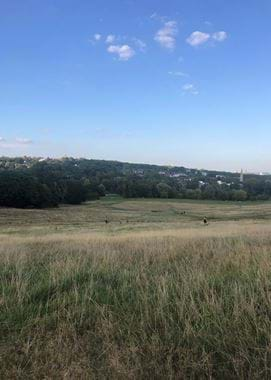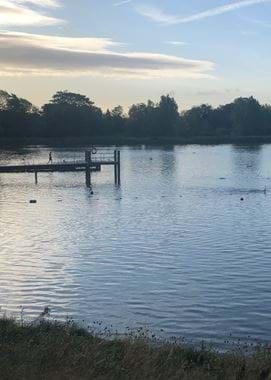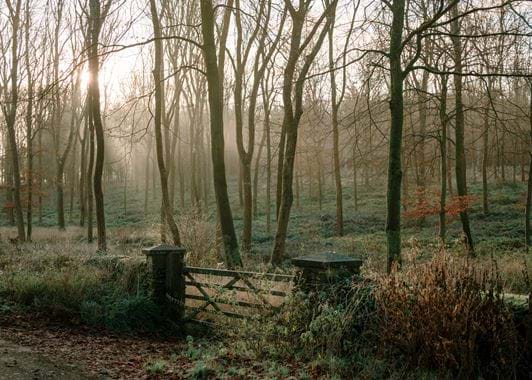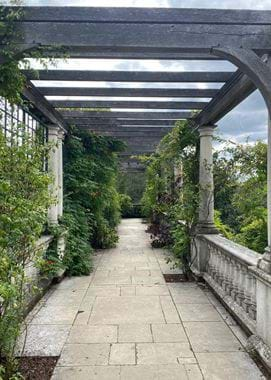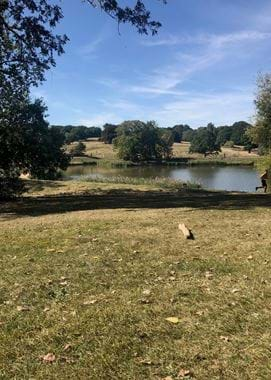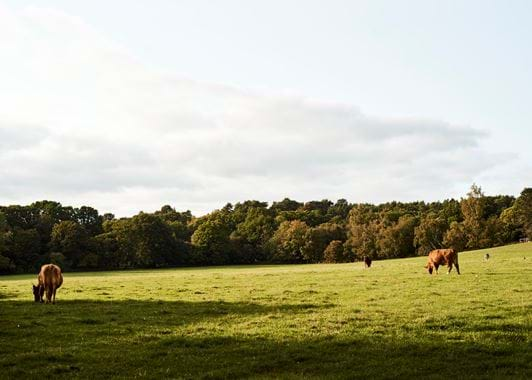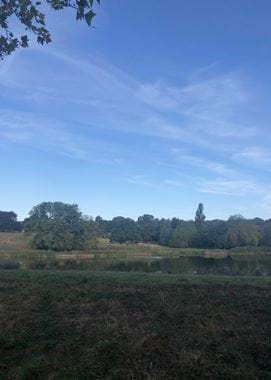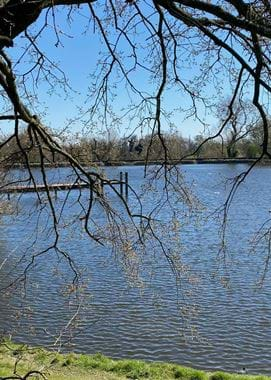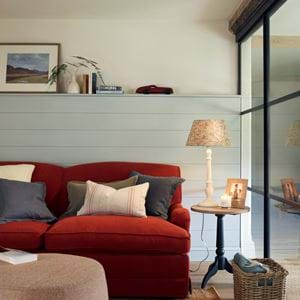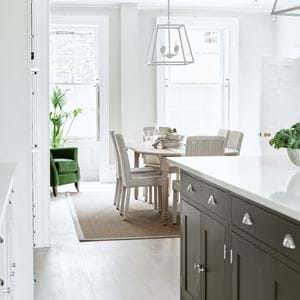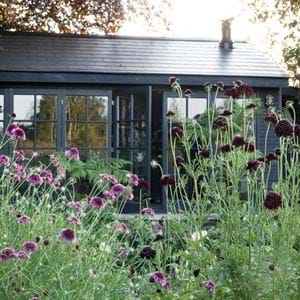In praise of green spaces by Elizabeth Metcalfe
In praise of green spaces by Elizabeth Metcalfe
‘I am extremely happy walking on the downs...I like to have space to spread my mind out in.’
Many of us can relate to the Virginia Woolf’s diary entry from 5th September 1926, which describes the joy that the open countryside can produce. In Woolf’s case, it’s the chalky South Downs in Sussex, but her words could quite easily apply to any expanse of nature – be it the Norfolk fens or Cumbrian fells. Woolf beautifully articulates why green spaces are so vital to us as humans: by allowing us to be completely absorbed in a moment, they give our frantic, tired minds a chance to pause. ‘I want to breathe in more light and air; to see more grey hollows and gold cornfields,’ she writes later in the entry.
I grew up in Derbyshire, and green spaces have always been my solace. I find that being outdoors can bring about a kind of thoughtfulness: it lets the mind wander and allows ideas to crystallise. Perhaps this accounts for why the countryside has long been valued as a source of inspiration for creative endeavours – from the Impressionists depicting en plein air scenes to writers of the 19th-century Romantic movement. For Mary Shelley, the idea for Frankenstein came to her by being outdoors – ‘It was beneath the trees of the grounds, belonging to our house, or on the bleak sides of the woodless mountains near, that my true compositions, the airy flights of my imagination, were born and fostered.’
Not all of us can hope for the sight of Woolf’s ‘gold cornfields’, but green spaces in urban areas can be just as precious. In the UK, Edinburgh, London, Sheffield and Bristol are amongst those cities with the highest provision of green space, each punctuated with a combination of parks, gardens, woodland trails and bodies of water. In current times, when our worlds feel smaller than ever, even just ten minutes in a pocket of green can be transformative. I feel incredibly lucky that our local green space in north London is Hampstead Heath – not quite a ‘pocket’ but a sprawling 790-acre area, covered with grassland, oaks and over 30 spring-fed ponds. This year marks the 150th anniversary of an act of parliament that promised to keep it ‘unenclosed’ and preserve the ‘natural aspect’.
Sometimes I follow a general loop, but I love meandering off the main tarmac paths. If you were looking down on the Heath from above, you would see – like in so many green expanses – a criss-cross of little tracks that deviate off the main routes. These are desire lines – walkways that have essentially been carved over time by the feet of walkers and their simple wish to divert from the prescribed route – and are proof that even in a municipal park, there is a chance for freedom.
In the first lockdown, I noticed the chirp of birds and the colour seeping into the leaves of trees as the spring came. This little flurry of life on Hampstead Heath became an escape from our anxious realities, a much-needed focus, and, crucially, a reminder that the natural world continues to tick along in spite of everything. I’d often find myself so engulfed in a patch of woodland that I almost forgot we were just four miles from the bright city lights. Surely the reason why green spaces can have such an effect on us is because they force us to experience the immediate, the real. Inclement weather only amplifies this – a walk in the rain can feel refreshing and exhilarating in relation to our cosseting homes.
When I was a university student in London, I’d crave the day when I could return to Derbyshire. Often this was during holidays, when I was weighed down with a pile of essays, and a half an hour walk in the parkland at nearby Calke Abbey became a much-needed daily distraction. I’d return to my desk, fuelled up and often with an idea – if only a vague one – of how to proceed with an essay.
Just as green spaces provide creative stimulation, they also help us to make sense of inner turmoil when life feels messy. Writer Amy Liptrot reconnects with nature in Orkney, swimming and walking her way to sobriety in ‘The Outrun’, while Luke Turner comes to terms with his sexuality in Epping Forest in ‘Out of the Woods’. Green spaces, even those sandwiched between city streets, are a bringer of clarity, a restorative balm. It’s something we’re all in need of now.
Elizabeth Metcalfe is the deputy features editor at House and Garden magazine. Having studied English literature at King’s College, she went on to gain a masters degree in history of art from the Courtauld Institute of Art, before joining the magazine just over five years ago. She lives in London but is happiest up a mountain, swimming in the sea or on a muddy countryside walk.

